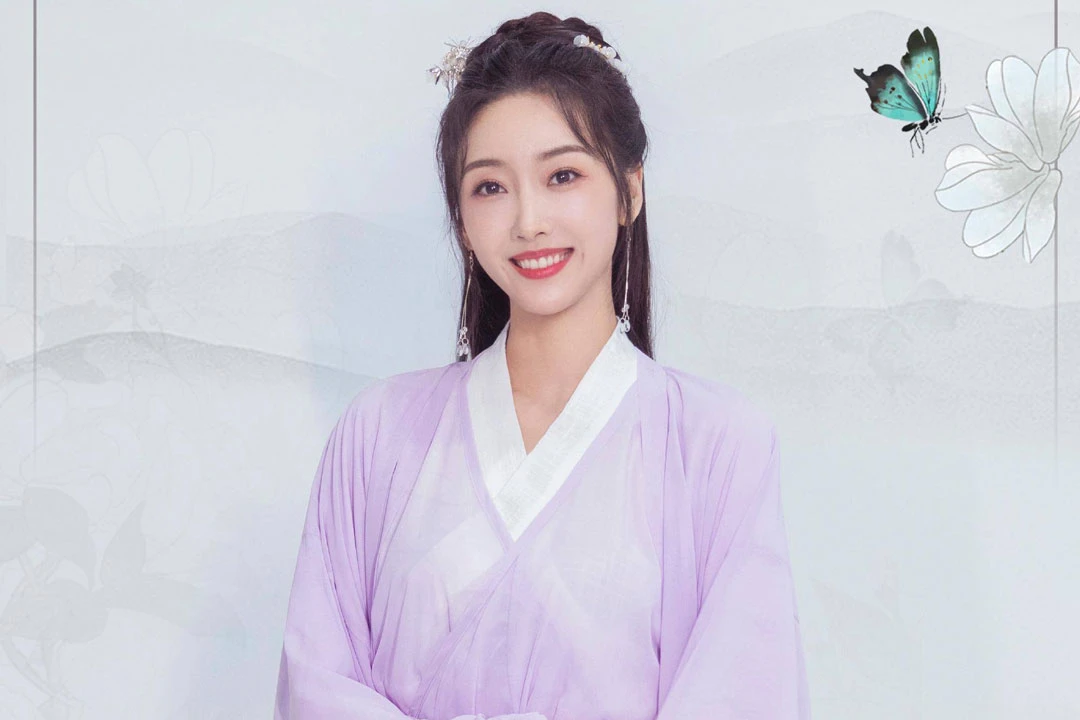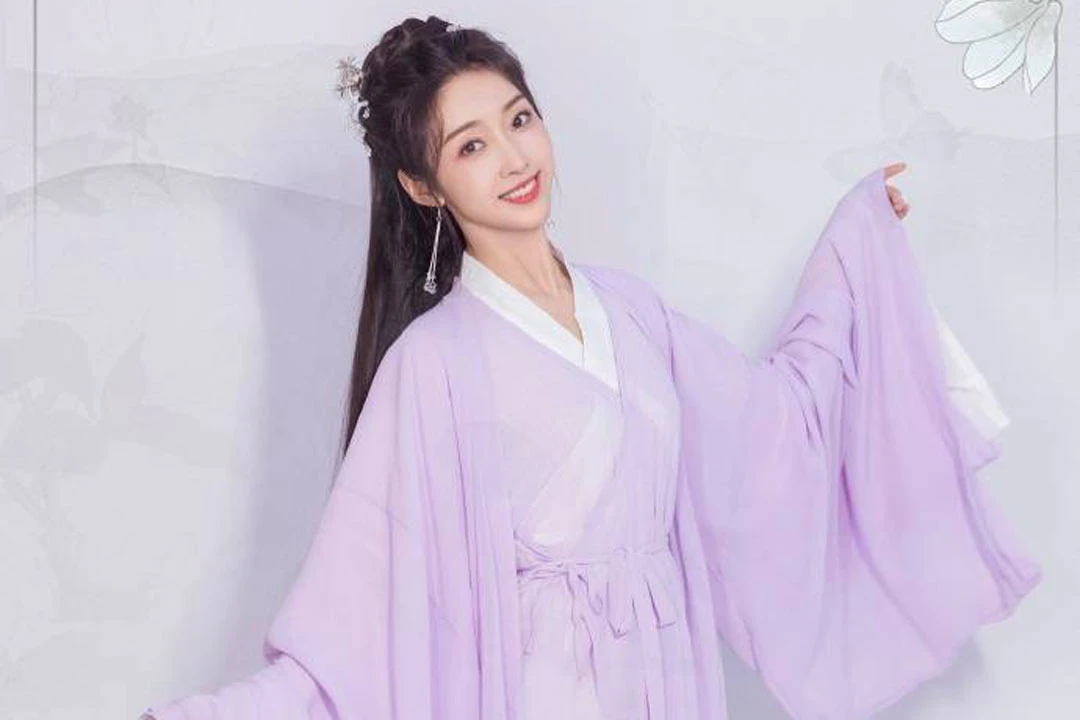In the Wei-Jin and Northern and Southern Dynasties era, a confluence of philosophical ideologies, including Daoism, Buddhism, and Confucianism, influenced not only the intellectual landscape but also left an indelible mark on fashion. The attire of this period reflected a departure from the rigid styles of previous dynasties, embracing a new aesthetic characterized by simplicity, naturalness, and individual expression.
The fashion landscape of the Wei-Jin and Northern and Southern Dynasties era was a canvas painted with unique features. Men and women alike embraced a style characterized by wide sleeves, intricate fringes, waistbands, layered skirts, and distinctive headwear. This sartorial elegance not only reflected the societal ethos but also became a hallmark of the era’s cultural identity.
The clothing of this period can be classified into two distinct forms: the attire of the Han ethnic group, which retained elements from the Qin and Han Dynasties, and the attire of minority ethnic groups, influenced by the customs of northern regions. The dynamic interplay of these forms created a diverse and visually stunning fashion landscape.
Men’s Outfit
The wardrobe of Wei-Jin and Northern and Southern Dynasties men comprised various elements, each reflecting a specific societal role. Imperial casual wear, characterized by symbolic headwear and robes, represented the authority of the emperor. Warrior armor evolved with frequent warfare, featuring tube-sleeved armor and Mingguang armor. Officials donned ceremonial attire resembling capes, devoid of practical sleeves, reflecting the formalities of the time. Scholars and gentlemen embraced loose, wide-sleeved garments, departing from traditional norms and setting new trends in men’s fashion.
Women’s Outfit
Women’s fashion during this era was a testament to elegance and sophistication. Hairstyles such as the “dunhuang” showcased elaborate arrangements with ornate accessories. Attire featured tight-fitting tops, wide sleeves, and flowing skirts, combining modesty with a sense of grace. The prevalence of intricate embroidery, waistbands, and layered skirts contributed to the overall opulence of women’s fashion.
Features
Wide Sleeves: A hallmark of Wei-Jin Hanfu and Northern and Southern Dynasties fashion, wide sleeves symbolized freedom and individuality. Men embraced large, flowing sleeves, while women’s garments featured sleeves with delicate embellishments.
Intricate Embroidery: The art of embroidery reached new heights during this period. Clothing, particularly at the collar, sleeves, and hem, was adorned with vibrant and detailed floral patterns, showcasing the craftsmanship of the time.
Waistbands: The inclusion of waistbands in the attire was not merely functional but also served a decorative purpose. “Waistbands” – strips of fabric attached to the waist – added flair and accentuated the elegance of both men’s and women’s clothing.
Layered Skirts: Women’s skirts underwent a transformation, featuring a unique trapezoidal design. Different-colored layers of fabric were meticulously arranged, creating a visually striking and layered effect.
Intricate Fringes: The traditional deep clothing style gave way to the use of fringes, particularly at the hem. These fringes, often made of silk, added a touch of sophistication, resembling the graceful flight of swallows.
Headwear: The significance of headwear in Wei-Jin and Northern and Southern Dynasties fashion cannot be overstated. From the iconic “Guan” to the elaborate “Jin” headwear played a pivotal role in expressing social status and individual identity.
Conclusion
The Wei-Jin and Northern and Southern Dynasties era stands as a testament to the dynamic interplay between philosophy, culture, and fashion. The unique features of clothing during this period reflect a society in flux, embracing new ideas and expressing them through the canvas of attire. As we delve into the intricacies of Wei-Jin and Northern and Southern Dynasties fashion, we not only uncover a rich historical tapestry but also gain insights into the cultural nuances that shaped the aesthetics of ancient China. The legacy of this period continues to captivate our imagination, reminding us of a time when attire was more than just clothing; it was a reflection of a society in constant evolution.


